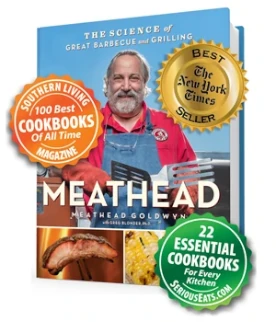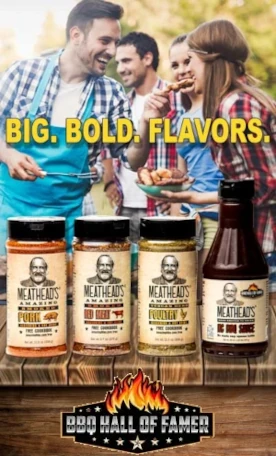I have cooked whole briskets before, but I have never done a cook like this. My plan is to separate the point from the flat. Once done, I plan to SVQ the point into burnt ends and cure the flat into corned beef to become pastrami.
First, I have some questions about the beef itself. It is Choice Angus, I purchased it at Sam'sI Club. To begin with, this pices had nive bend when i picked it. I was surprised at how much fat this piece had. It had the normal hard white fat, but also thsi slimy weirdntextured fat I don't recall seeing before. As I started working on it the ends looked very different then anything I had seen before. They were oddly colored and almost looked dried out. Then there were a few brown spots, which I have never run into. I cut those spots off and the underlying meat looked fine, so I pressed on yo separating the point from the flat.
I simply followed the fat that separates the 2 muscles. Please look at the pictures and give me your constructive input. Did I do this correctly? I ask because I pictured the point to be 1 big clod of beef, but the way they seperated, the point looks more tapered than I expected. Perhaps that is because in most videos I have watched, they separate the point from the flat by cutting straight across (I'm guessing) keeping some of the flat under the point.
My concern for this cook is the tapered nature of the point is going to severely limit the amount of burnt ends I wind up with. Should I have cut it as in the videos I have seen? What do I do with the tapered endni wound up with?
I'm really looking forward to your feedback so I can learn for future cooks. Thank you!
​
First, I have some questions about the beef itself. It is Choice Angus, I purchased it at Sam'sI Club. To begin with, this pices had nive bend when i picked it. I was surprised at how much fat this piece had. It had the normal hard white fat, but also thsi slimy weirdntextured fat I don't recall seeing before. As I started working on it the ends looked very different then anything I had seen before. They were oddly colored and almost looked dried out. Then there were a few brown spots, which I have never run into. I cut those spots off and the underlying meat looked fine, so I pressed on yo separating the point from the flat.
I simply followed the fat that separates the 2 muscles. Please look at the pictures and give me your constructive input. Did I do this correctly? I ask because I pictured the point to be 1 big clod of beef, but the way they seperated, the point looks more tapered than I expected. Perhaps that is because in most videos I have watched, they separate the point from the flat by cutting straight across (I'm guessing) keeping some of the flat under the point.
My concern for this cook is the tapered nature of the point is going to severely limit the amount of burnt ends I wind up with. Should I have cut it as in the videos I have seen? What do I do with the tapered endni wound up with?
I'm really looking forward to your feedback so I can learn for future cooks. Thank you!
​










Comment